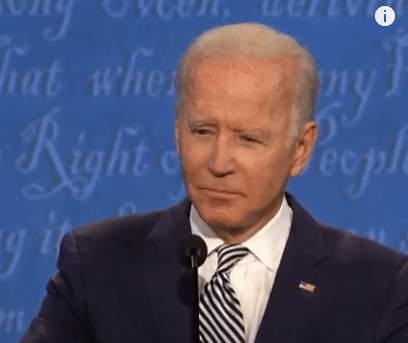
After a promising start to morning trading, the major stock indexes turned sharply negative Friday with the S&P 500 tumbling into bear market territory and the Dow Jones Industrial Average setting up for the longest streak of weekly losses since the Great Depression.
The Dow was off by 1.6 percent by midday Friday, which brings its weekly decline to 4.11 percent. Barring a dramatic turnaround, this will be the eighth consecutive weekly loss for the index. That would be the longest losing streak since 1932.
The S&P 500 was down 1.9 percent for the day and 4.5 percent for the week. This is the seventh weekly loss for the broad index, the most since 2001. Compared with its January high, the S&P is down 20 percent. If it closes at this level, it will officially be a bear market.
Ten of the eleven sectors of the S&P were down, with only real estate hanging on to a 0.6 percent gain for the day. The worst performing sector was consumer discretionary stocks, down 3.73 percent.
The Nasdaq Composite fell 2.6 percent for a weekly decline of 5.6 percent.
Only six stocks on the Dow were in positive territory, led by Merck up by one percent. The worst performing stocks were Boeing, down 7.16 percent, and Caterpillar, down 5.17 percent.
Bond yields, which move in the opposite direction of bond prices, were down, indicating that investors were paying more for the safety of U.S. government securities. The yield on the 10-year Treasury bond fell 0.079 points to 2.774 percent.
Investors are spooked by the negative impact inflation has had on the earnings of major retailers like Walmart and Target and the prospect that the Fed’s interest rate hikes could topple the economy into a recession. The threat of stagflation—low growth with high inflation—is looming larger in the minds of many investors.
https://www.breitbart.com/economy/2022/05/20/dow-jones-industrial-average-on-longest-losing-streak-since-1932/